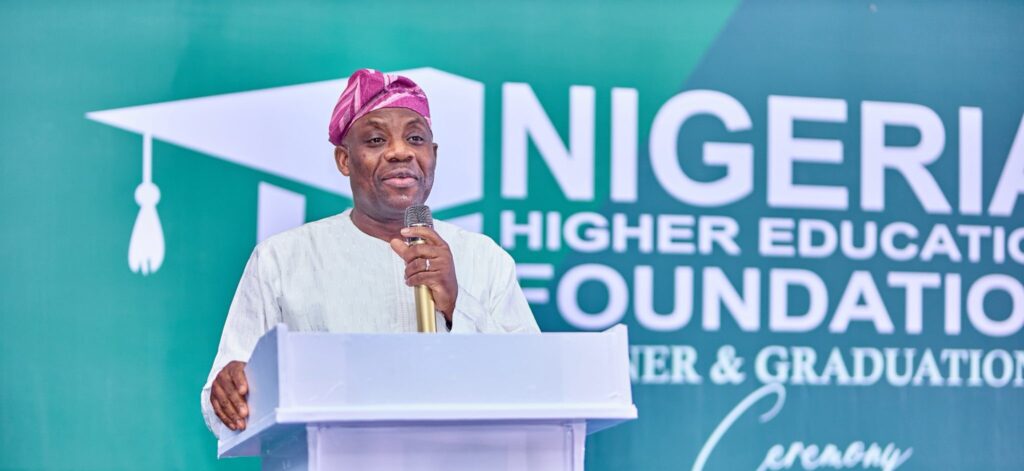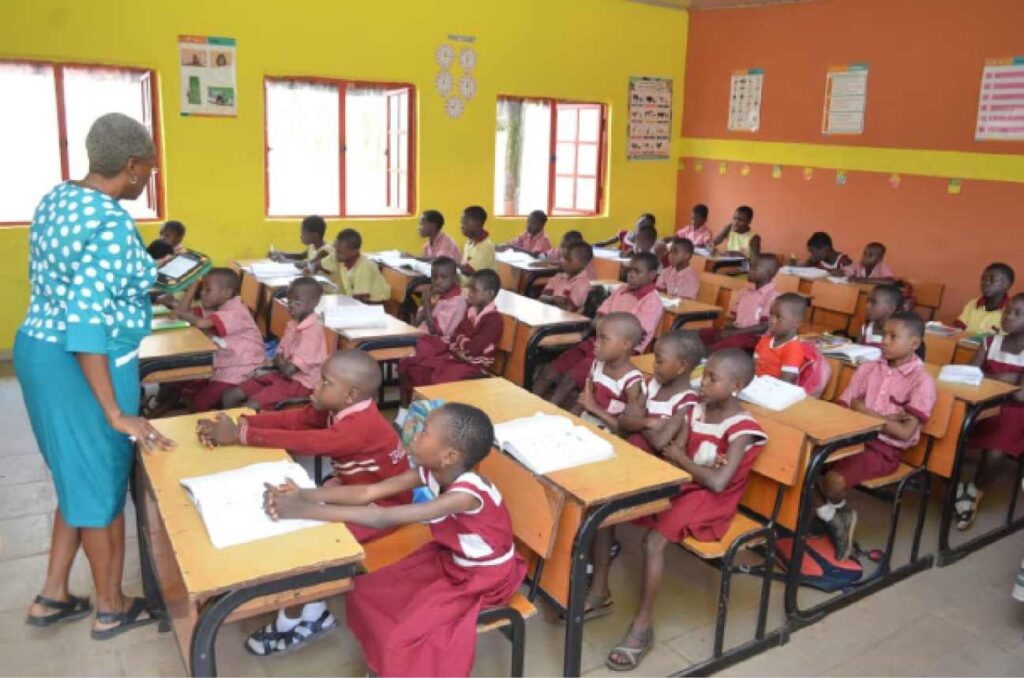Nigeria’s Parent‑Teacher Association of Nigeria (PTAN) has publicly endorsed the Federal Ministry of Education’s newly announced policy proposing that children must be at least 12 years old before entering Junior Secondary School 1 (JSS1). The endorsement signals strong parental alignment with the government’s bid to standardise educational progression nationwide.
Table of Contents

Clarifying the Policy Shift
Despite widespread confusion, this policy announcement is targeted specifically at non‑state or private school admissions into JSS1. It mandates that pupils complete six years of primary education, typically reaching the age of 12, before moving on to junior secondary school. From Nursery at age three through Primary 1 at age six, the structure lays out nine years of uninterrupted basic education, after which students transition to JSS1 only if they meet the age threshold.
The PTAN, which represents the collective voice of parents and teachers across Nigeria, issued a supportive statement soon after the policy surfaced, praising its alignment with developmental readiness and academic fairness.
Why the PTA Backs the Minimum Age Rule
Several reasons underpin PTAN’s support:
- Emotional and cognitive maturity: PTAN argues that most Nigerian children aged 10 are not yet emotionally ready for the rigours of secondary education. The age‑12 threshold offers more balanced physical, mental, and social readiness.
- Uniform educational standards: For PTAN, the rule discourages premature advancement—such as skipping grades or rushing students through exams—to avoid discrepancies in academic quality between public and private institutions.
- Equity in learning progression: Parents and teachers believe that children who progress too rapidly may miss foundational learning. The rule aims to create a level playing field, especially across different regions and socio‑economic groups.
Policy Origins and Scope
The policy originates from a new official Federal Ministry of Education document drafted to regulate entry age specifically for non‑state schools. It serves to bring some standardisation into a sector that has seen significant growth: non‑state primary schools increased by roughly 31.6% and junior‑secondary institutions by 35.1% between 2017 and 2022.
Until now, differing school‑based practices meant students could enter JSS1 as young as 10. The harmonised rule seeks to ensure that, regardless of the school’s ownership, age consistency becomes the norm.
Federal Government’s Response and Clarification
While PTAN has welcomed the policy, the Federal Ministry of Education has cautioned the public not to misinterpret the rule as a federal mandate for public school entry. A statement issued by the Ministry emphasises: the minimum age for JSS1 remains at 10 years, particularly in public system settings.
Indeed, Director of Press and Public Relations Boriowo Folasade clarified that the 12‑year stipulation did not emanate from official federal policy and should not be taken as binding outside the private sector. The Ministry reiterated that the minimum age for public school JSS1 entry remains unchanged.
Additionally, the Honourable Minister of Education reaffirmed that the university admission age remains at 16 years, regardless of when secondary school was completed. This policy, he stated, preserves academic readiness at the tertiary level.

What This Means for Nigerian Families
The policy and its reception raise important implications:
- Private schools are expected to enforce the new rule strictly. Parents enrolling children under 12 may face admissions delay or risk being denied entry into JSS1.
- Public schools continue to admit students from around 10 years old, as before, until any formal change is issued.
- Parents may choose public over private for earlier admission, especially if school readiness or progression timelines matter.
- Families planning for accelerated moves—say skipping classes—may now face systemic pushback where private institutions adhere strictly to the age limit.
Broader Implications Across the Education Landscape
Education experts provide deeper insight into how this policy could shape outcomes at scale:
- Developmental alignment: Research suggests that cognitive and emotional maturity progress significantly between ages 10 and 12. Aligning entry with this maturity better positions learners to succeed in junior secondary school.
- Standardisation across school categories: Uniform entry age may reduce educational inequality, especially in regions where private schools had earlier entry and potentially lower academic outcomes compared to public schools.
- Potential delays in tertiary readiness: A system enforcing age 12 entry might mean that students now enter universities later—commencing tertiary education closer to age 18 instead of 16—unless public schools continue to allow earlier JSS1 entry.
Reactions from Stakeholders
- PTAN leadership: Expressed satisfaction, asserting that the rule promotes quality and fairness in education. “This adjustment emphasises emotional readiness and standard progression for children nationwide,” said a PTA representative.
- Policy analysts: Some caution that a split policy—different rules for public and private schools—may cause confusion. They call on the federal ministry to clearly delineate which sectors the change covers.
- Parent feedback: Many parents in the private school sector have welcomed the rule, seeing it as deterring the pressure to fast-track children. Conversely, in areas with limited public school access, concerns are surfacing that children may be left in limbo awaiting eligibility.
What Comes Next?
With the press release and PTA backing now public, key next steps include:
- Implementation guidelines: The Federal Ministry must issue detailed directives, clarifying compliance expectations for private schools and reinforcing that public schools continue with the age‑10 threshold for now.
- Stakeholder communication: Clear communication is needed to ensure parents, schools, and exam boards understand which entry ages apply in which contexts.
- Future review: Observers expect that PTAN and education policymakers will monitor the impact and possibly push for aligning public school policy to the 12‑year standard for consistency across educational tiers.

A Balanced Path Forward
Overall, PTAN’s endorsement reflects a belief in the importance of maturity and equality in educational progression. While the federal government has emphasised that its age policy for public schools remains unchanged, the new rule for private schools is now moving into implementation.
If effectively managed, the age-12 entry proposal could help unify admission practices, reduce early advancement disparities, and foster a more equitable educational environment, provided that the differences between the public and private sectors are clearly communicated to all stakeholders.
Join Our Social Media Channels:
WhatsApp: NaijaEyes
Facebook: NaijaEyes
Twitter: NaijaEyes
Instagram: NaijaEyes
TikTok: NaijaEyes
READ THE LATEST EDUCATION NEWS













![Heartwarming Moment: Priscilla Ojo and Son Rakeem Reunite with Juma Jux in Tanzania [VIDEO] Priscilla Ojo](https://naijaeyesblog.com/wp-content/uploads/2025/09/Reunited-Priscilla-Ojo-says-as-she-celebrates-son-Rakeem-one-month-Kemi-Filani-blog-min-768x512-1-1-180x135.avif)


























